Earning money from your blog can seem like an uphill battle. It can be particularly disheartening if you’re brand new to it and playing “catch up” with the experts.
You may be baffled as to why you’re only bringing in peanuts or maybe no money at all.
To make matters worse, you probably hear all about countless other bloggers who are out there crushing it — those people who seem to effortlessly bring in tens of thousands of dollars each month.
I remember how frustrating it was for me to find my voice, build an audience, earn their trust and ultimately generate income.
It seemed to take forever.
And, the truth is that making any serious money from blogging can be difficult, even for seasoned bloggers and savvy marketers.
But, I’m here to tell you that it’s definitely possible.
Although I’ve come a long way from where I was initially, I still wouldn’t consider myself to be an exceptional writer. But today, one of my blogs earns $381,772 per month.
What’s helped me be successful is my formula for monetization.
You may not be earning $381,772 every month. It takes some time to get to that point. But, you can easily earn at least $1k from every article.
One of my students has a blog that earns an average of $1,828 for every article she publishes. She publishes a long form article three times a week, for a monthly income of $21,936.
She’s not the world’s best writer. She’s not the world’s most sophisticated marketer. You may have those skills, but you don’t need them to make money from your blog.
Instead, all you need is a simple monetization strategy that works.
Here’s what I want to do in this article. Instead of telling you to just “publish more content,” or “optimize for the right keywords,” I’m going to give you a few of the best ways to make real money.
At this point, you probably know how to start a blog. Now, you want some practical ways to bring in the money.
These are the exact tactics that you can use to do just that.
If you want to learn how I built 4 multi-million dollar companies through blogging, register for this webinar.
Building an audience
I’m going to assume that you’re already driving at least some traffic to your blog.
You don’t necessarily need to have 50,000+ visitors a day, but you should have some sort of audience.
It’s like this: In order to make money, you must have traffic. If you don’t have any traffic, please check out The Complete Guide to Building Your Blog Audience.
I’m not going to spend too much time on this, because I want to dive right into the monetization techniques.
However, please make sure that you get the sequence right.
- Traffic first.
- Monetization second.
Some bloggers think that the dough will start rolling in the minute they hit “publish” on their first article.
But, it doesn’t work that way. Build your blog out with content, create some traffic and then make money.
Now that we’ve gotten that out of the way, I would like to share with you some specific blog monetization strategies that have worked for me, have worked for my clients and that will work for you, too.
Affiliate marketing
When some people hear the words “affiliate marketing,” it conjures up the thought of some sleazy online marketer promoting some awful product from Clickbank.
(Disclaimer: Clickbank is actually not a bad platform at all. Some people just promote not-so-great products and services in the hope that they will make a quick buck).
You know those “change your life” products with the terrible looking landing pages like they’re from 1998?
Stuff like this:
And, I totally understand.
I think that the concept of affiliate marketing has really gotten a bad rep over the years.
When you really break it down, affiliate marketing is one of the most logical and efficient ways to monetize a blog.
It’s how some of the top earners generate the lion’s share of their revenue.
At the end of the day, you’re simply promoting other people’s products and services.
As long as it’s relevant to your niche and something that’s legitimately providing value to your audience, you’re good.
In fact, affiliate marketing (when done the right way) is one of the most effective ways to monetize a blog.
If you want to see someone who most definitely does it the right way and kills it every month, just look at Pat Flynn, creator of Smart Passive Income.
Although he makes money in a lot of different ways, it’s been well documented that he earns a major chunk of it through affiliate marketing.
Every month, Pat offers his audience an “Income Breakdown” where he highlights all of the different money makers that contribute to his overall gross revenue.
Here’s a screenshot of some of the things he promotes on his site and how much he earned from them in December 2016:
As you can see, there are a wide variety of software products, websites, tools, etc. that Pat promotes.
If you read his blog or listen to his podcasts, you’ll know that he’s an ardent supporter of the hosting company Bluehost.
That right there accounted for over $33,000 in earnings from that month. Impressive!
The “right way” to go about affiliate marketing
It’s really not rocket science.
The key to being successful at affiliate marketing is to first create outstanding content.
You can’t expect to cash in when your blog posts are uninspiring and only so-so. Your content needs to be epic.
I’ve written a few articles on what constitutes epic content. (You can check out this post to learn more.) But, to quickly summarize, epic content tends to have the following traits:
- It’s longform (1,000 words is the minimum, but hitting over 2,000 is ideal)
- It’s robust
- It’s in-depth
- It’s practical
- It’s data-driven and contains plenty of graphs, charts, stats, etc.
- It contains plenty of visuals
Honestly, creating epic content is the hard part.
Once you’ve got that in place, promoting affiliate products/services is fairly easy.
Here’s a great example of how Pat Flynn promotes BlueHost:
This is located on his “Resources” page, which is clearly visible and easy to find at the top of his site, above-the-fold.
He also features a couple of other tools that he’s had success with and that helped him build his business.
I’d also like to point out how clear his calls-to-action are.
It’s impossible to overlook the green CTA buttons and there’s no confusion as to where you should click.
Of course, there are a plethora of other ways to present your affiliate promotions.
You can:
- Include them at the end of each article
- Work them directly into your content in relevant sections
- Include them on the sidebar or footer of your blog
The key to getting people to actually buy is to ensure that you’re only promoting products that you actually love and believe in.
Ideally, you’ve used them yourself and can testify that they’ve genuinely solved a problem or simplified your life.
The majority of today’s readers are smart and sophisticated. They can smell any phoniness or insincerity from a mile away.
So, being real and genuine (like Pat Flynn) is a necessity and precursor to generating revenue from affiliate sales.
If you’re looking to break into affiliate marketing, I suggest checking out the Amazon Associates program.
The royalties are pretty low, compared to other platforms. But, the sheer volume of products make it a great way to get your feet wet.
And, you’re almost guaranteed to find a product that’s relevant to your blog.
You may also want to check out this step-by-step guide I wrote on affiliate marketing.
Sell Books/eBooks
If you’re already consistently publishing content, you’re fairly adept at writing, right?
Then why not take things one step further and create your own book or eBook? This is the route that numerous bloggers have taken and many have seen great success with.
Take Colin Wright for example. He’s been running his travel/lifestyle/philosophy blog, Exile Lifestyle for several years now.
His whole angle is that he lets his readers choose a new country for him to move to every four months.
And, while he’s not as big as some other bloggers like say, Pat Flynn, Tim Ferriss or Chris Guillebeau, he’s definitely made a name for himself and has a substantial following.
He’s created a rock-solid brand.
One of Colin’s primary means of monetizing his blog is by promoting the numerous books that he’s written, which are available in both digital and physical formats.
Here are just a few of the books that are featured:
If you’ve already got a loyal audience that’s obviously into your content and religiously reads your blog posts, it’s not unrealistic to think that a considerable portion of them would be interested in buying a book that you write.
It could be as simple as placing it in the sidebar of your site, so that both new and returning visitors see it every time they read an article you publish.
Here’s another good example of a blogger who’s crushing it with an eBook — Abby Lawson of Just a Girl and Her Blog.
Her niche is writing about organizing, decorating, DIY projects and blogging.
She’s written a couple of eBooks, which are featured on the sidebar of her site.
And, like Pat Flynn, she also provides readers with her monthly income reports.
Here’s a snapshot of what she earned in December 2016 from her eBooks:
She ended up earning nearly $11,000 from just the two eBooks I referenced above. Not bad!
Now this isn’t to say that you can just haphazardly slap together a 40 page eBook and expect to rake in thousands each month.
But, this does prove that the potential is there.
I also suggest publishing your own book simply because of the ease in which you can self-publish these days.
In fact, “indie publishing” is arguably bigger than ever.
There are several companies, like Lulu and Smashwords, that streamline this process dramatically and make it possible for practically anyone to turn their idea into a finished product.
By simply having an eBook posted statically on your sidebar, it increases the potential earnings of every article you publish.
Not to mention it can take your brand equity to the next level.
You may also want to include links to your eBook within your articles (in relevant spots of course).
Launch an online course
Online courses are hot right now.
This chart from Google Trends shows the steady growth over the past few years:
The premise is simple. You identify a problem, pain point, etc. that your audience has and show them how to solve it.
Or, you provide insight into how they can achieve a goal or get to where they need to go. This can definitely be a lucrative monetization strategy and one that’s been proven to work.
Allow me to give you an example.
Elna Cain is a freelance writer and coach who also blogs on the side. It’s basically a way to beef up her business and serves as an additional stream of income.
She also shares her expertise with aspiring freelance writers on her site through four different courses.
One of her courses is called WriteTo1k, where she provides everything new writers need to make their first $1,000.
Now, look at how much she charges for these courses.
That could really add up quick!
I couldn’t find any concrete numbers on how much Elna earns, but I’d imagine that she does quite well for herself, especially considering the built-in audience she has on her site and blog.
The best part is that you don’t necessarily need to have massive traffic to launch an online course. Even if you have as little as 50 visitors a day, the potential is there.
I’ve also pointed out before that you don’t need to reinvent the wheel with an online course.
Even when the information is available elsewhere and for free, many people love taking an online course because of the convenience it offers.
All of the information is right at their fingertips and presented in a logical, sequential manner so that they can learn quickly.
But how do I create an online course?
There are a few different options.
One avenue you can take is using a third-party platform, like Udemy.
There’s also Teachable.
Both rely on the same basic premise.
- They help you set up your own online course
- They provide you with the tools to educate your students
- They handle payment processing
Basically, they simplify and streamline the process and enable you to get your online course up and running fairly quickly.
But, how much does this cost?
Of course each platform is different, but here are the costs of Teachable’s three monthly plans:
Even if you choose the “Professional” plan at $99, it should be fairly easy to turn a nice profit.
And, just to give you an idea of what types of topics people are covering in their online courses, here is a chart including data from 8,950 instructors on Teachable.
As you can see, personal development and business are two of the hottest topics at the moment.
Create a membership section
There’s one last monetization strategy that can skyrocket your revenue — creating a members only area of your site.
This is where you publish exclusive content that’s not available to the public.
It’s the high-end content that transcends your typical blog posts and may include:
- In-depth case studies
- Comprehensive videos
- Whitepapers
- Seminars
- Webinars
- Mammoth longform articles
You get the idea.
Individuals who are interested will pay a subscription fee to gain access to this content.
Of course, to retain your members, your content needs to be A+. There’s no room for mediocrity.
But, as long as you maintain high quality standards, there’s plenty of potential for a nice payoff.
The best part is that your revenue should continually build.
In fact, a post from The Blog Marketing Academy explored the potential earnings that could result from a membership site.
Their “mythical membership site” had the following numbers:
- It costs $20 per month
- It has a 5 percent member churn (which means that, every month, about 5 percent of the members cancel)
According to The Blog Marketing Academy, “If you enroll just 20 new members monthly (that would be roughly one member every 1.5 days), then here’s a rough schedule of your projected income in the first 12 months:”
“One sale every day and a half of $20, yet it compounds up to the point where you’re generating $3,665.74/month by the end of the first year. And, it would just keep on going.”
Now these are just theoretical numbers and there are a lot of different factors that would determine how many people actually sign up to be members.
But, it definitely shows the potential payoff of this monetization technique.
And, quite frankly, it shouldn’t be all that difficult to get 20 new members to sign up each month.
Even if your churn is higher than 5%, you can still have a nice payday.
How do I create a membership section?
I recommend using a platform such as Memberful.
This is a “hands off” platform that handles the heavy lifting for you. It also integrates with WordPress and Squarespace.
The setup process is as follows:
You first create a subscription plan, where you determine the type of membership plans you want to offer, set prices and so on.
Here’s an example:
You then add a link to the signup page to your website. This can be anywhere you choose, such as the sidebar, header etc.
I also recommend including a link at the end of the articles you publish, to entice readers to go ahead and join.
The link will look something like this.
Those who are interested will click on the link, which will take them to a signup page like this.
The great thing about platforms like Memberful is that they handle the payment processing for you.
Finally, you can manage your members from your dashboard.
You can check out stats like:
- New orders
- Active members
- Renewals
- Refunds
- Revenue
I really like this monetization strategy, because you can quickly multiply your earnings without doing any additional work.
The more members you get to sign up, the more your earnings will increase.
It also serves as great motivation to go above and beyond with your regular blog content.
If you can impress first time readers with your free content, there’s a good chance that they’ll have at least some interest in becoming paid members.
The more you grow your library of premium content, the more members you can expect to have.
Over time, you could end up earning far more than just $1,828 from every article you publish.
If you’re interested in the concept of a membership site, I suggest that you check out this resource from Quick Sprout.
There, I talk further about setting up a membership site and offer additional tips on making it a success.
Conclusion
There are countless ways in which you can earn money from your articles.
Unfortunately, only 13 percent of bloggers actually earn $1,000 or more per month.
But, the way I look at it, there are two essential steps for generating real revenue.
First, you need to consistently produce over-the-top, epic, top-tier content. That’s half of the battle right there.
Second, you need to understand and utilize the most lucrative monetization techniques. That’s what you just read about.
While some bloggers stick with the nickel and dime strategies (e.g. Adsense), the real money is in the methods I mentioned in this article.
The key is to understand the needs of your audience and choose the most effective path for satisfying those needs, then monetizing it accordingly.
And, of course, consistency and perseverance are a must.
You need to keep at it and constantly look for ways to provide your audience with the excellent content that your competitors do not.
Which monetization strategies have you had the most success with?



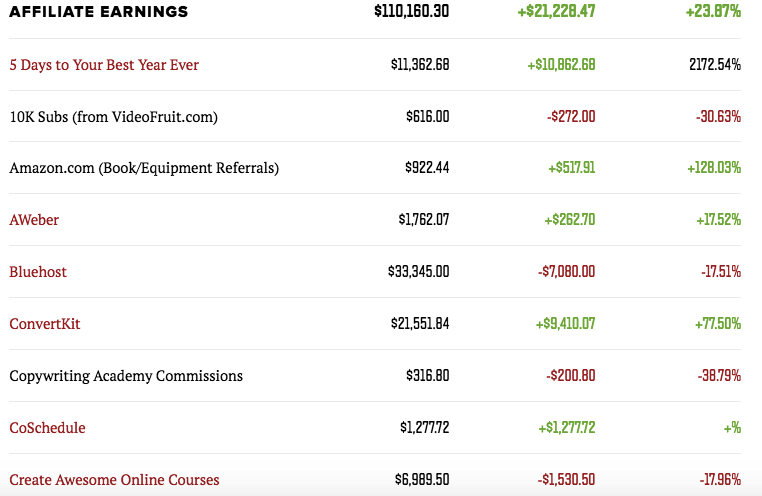

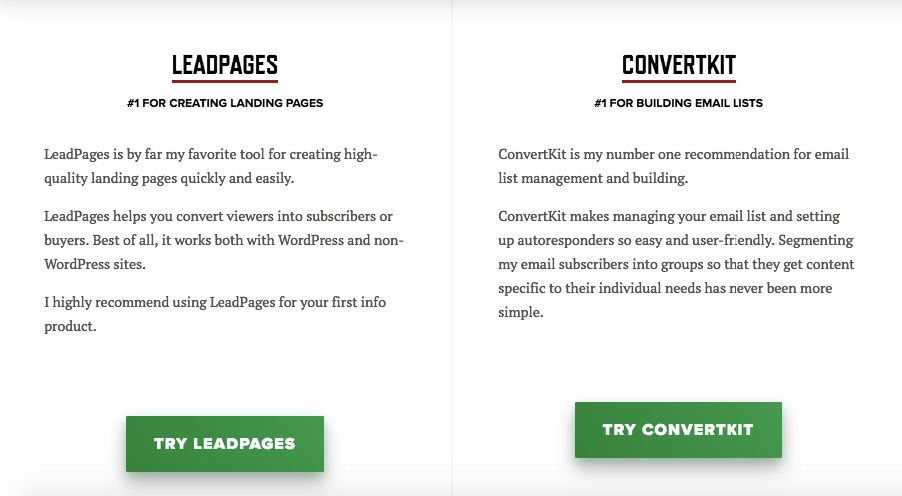




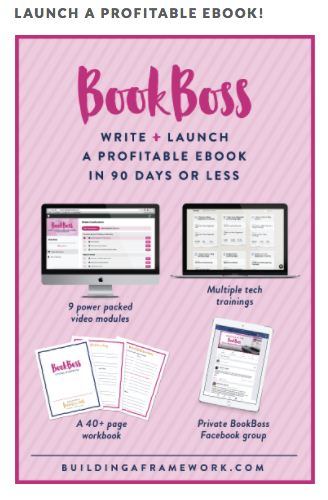
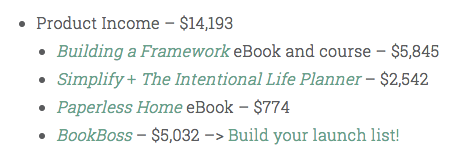



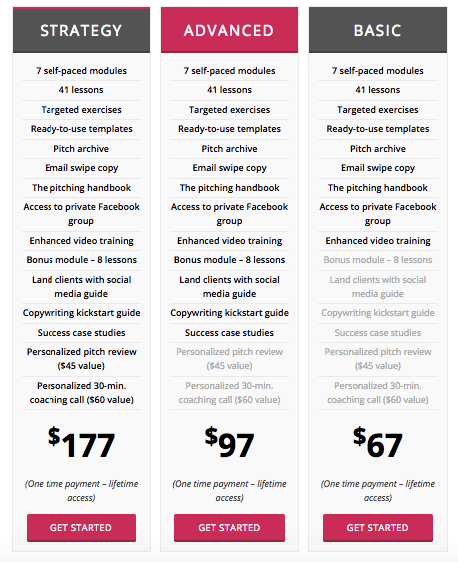


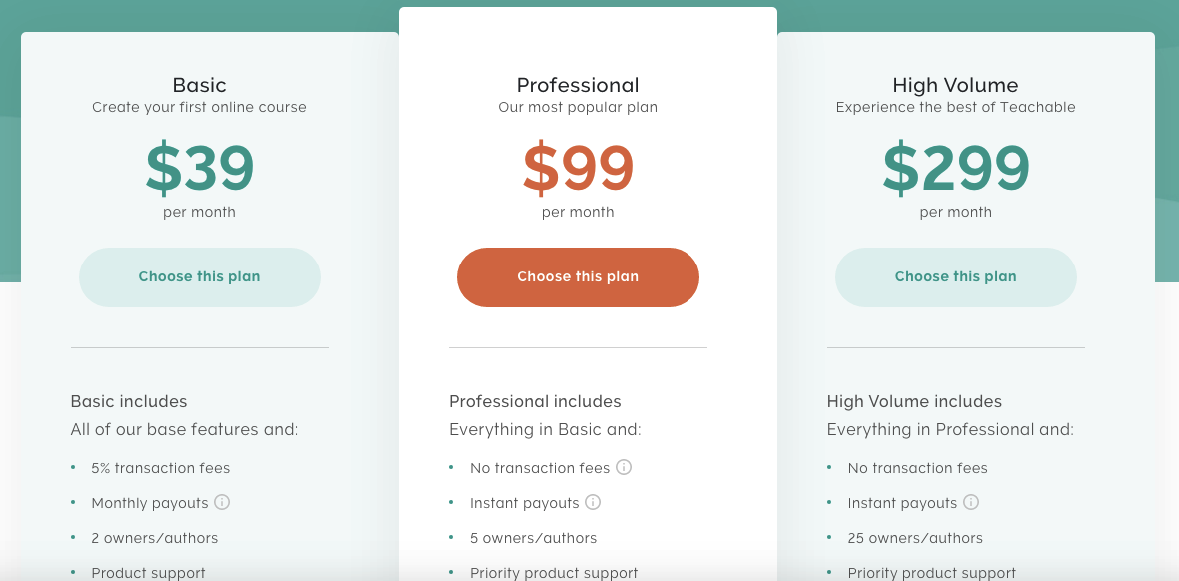
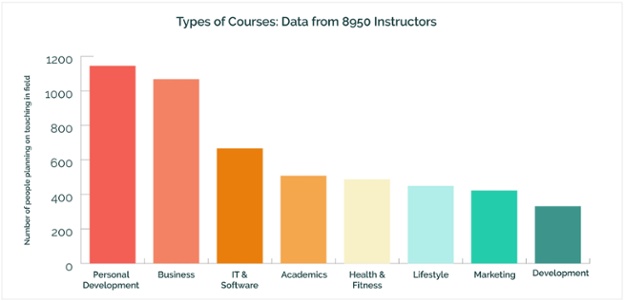




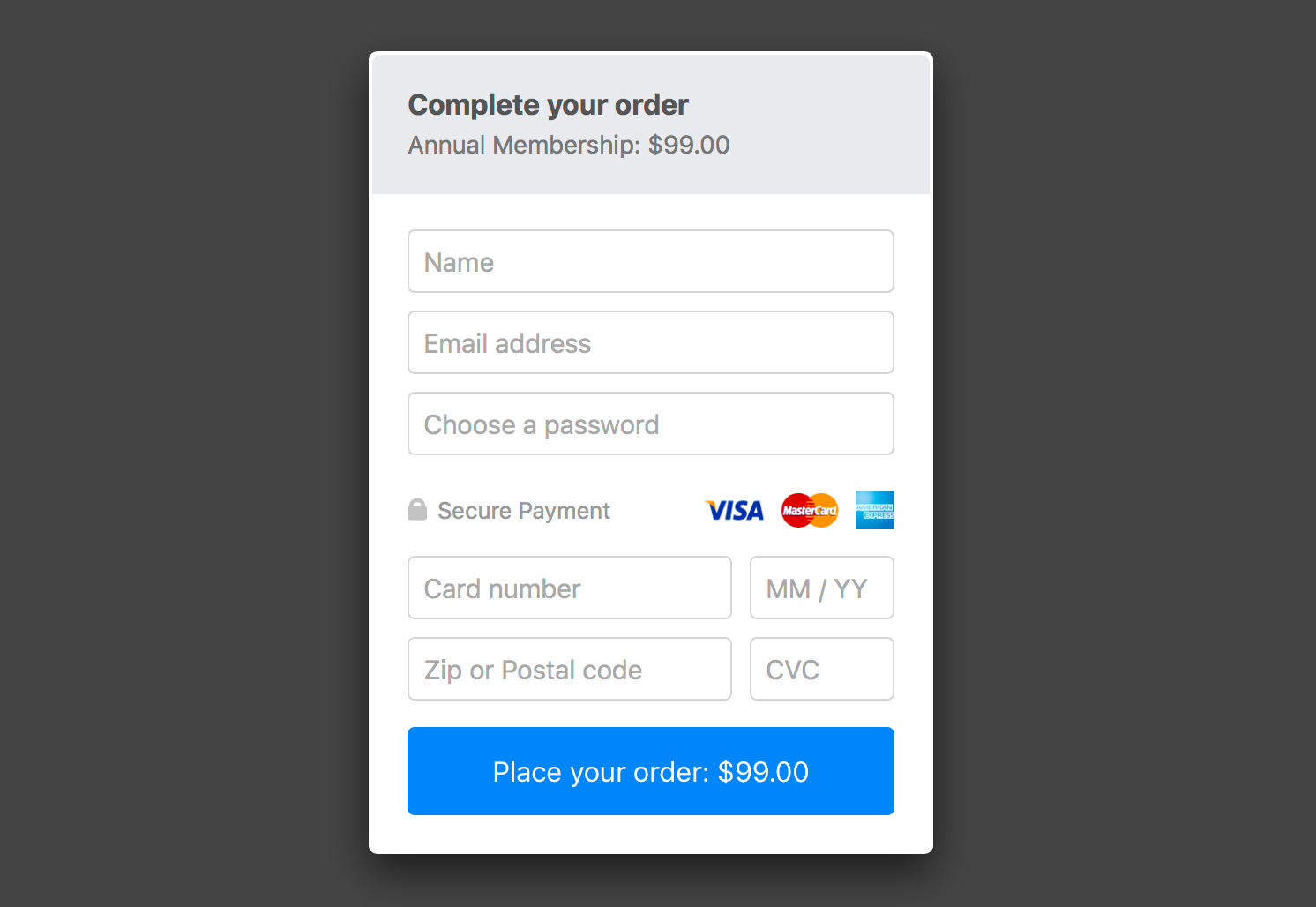

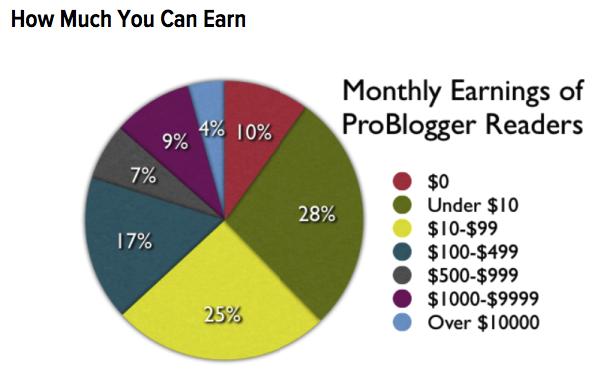
Comments (114)